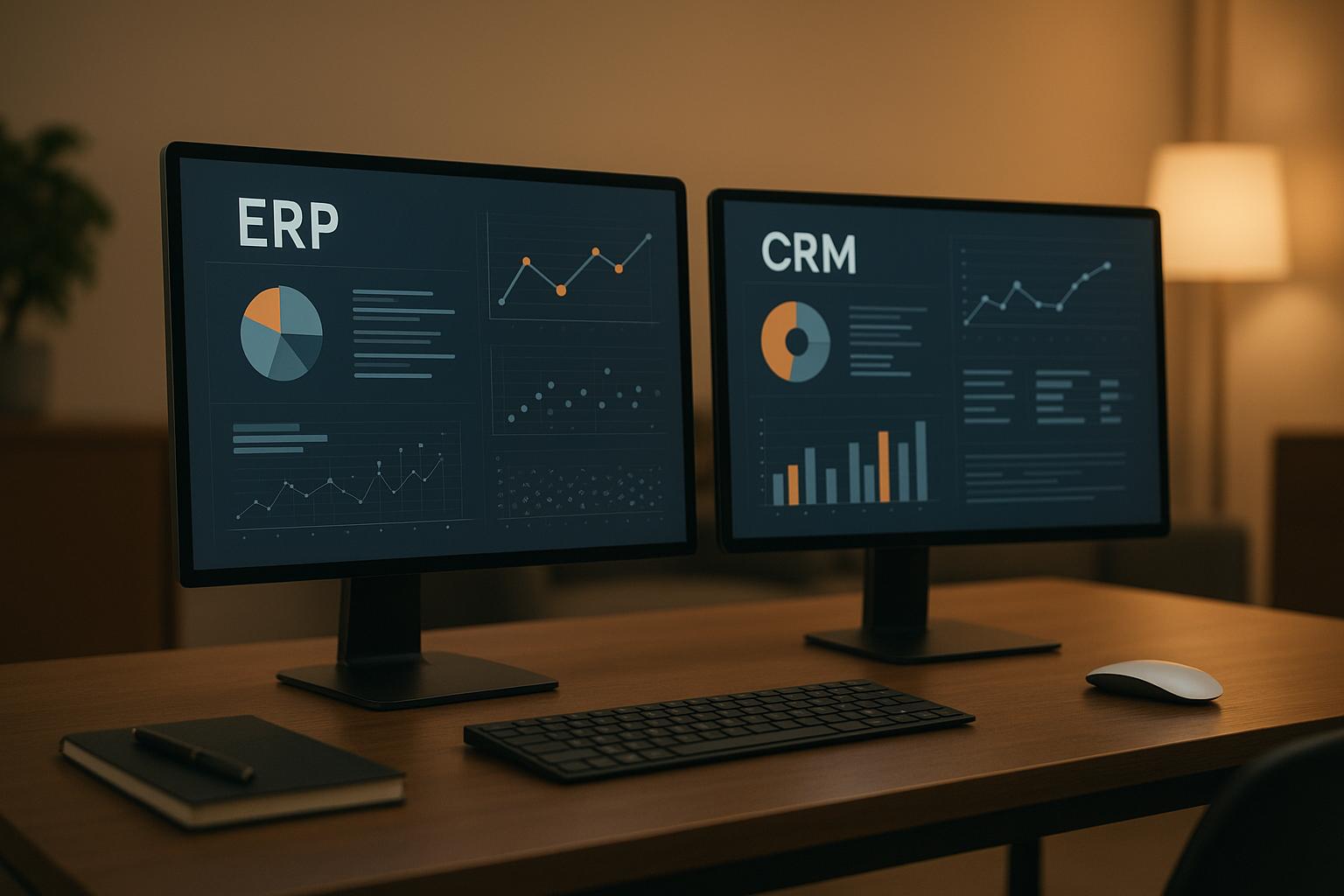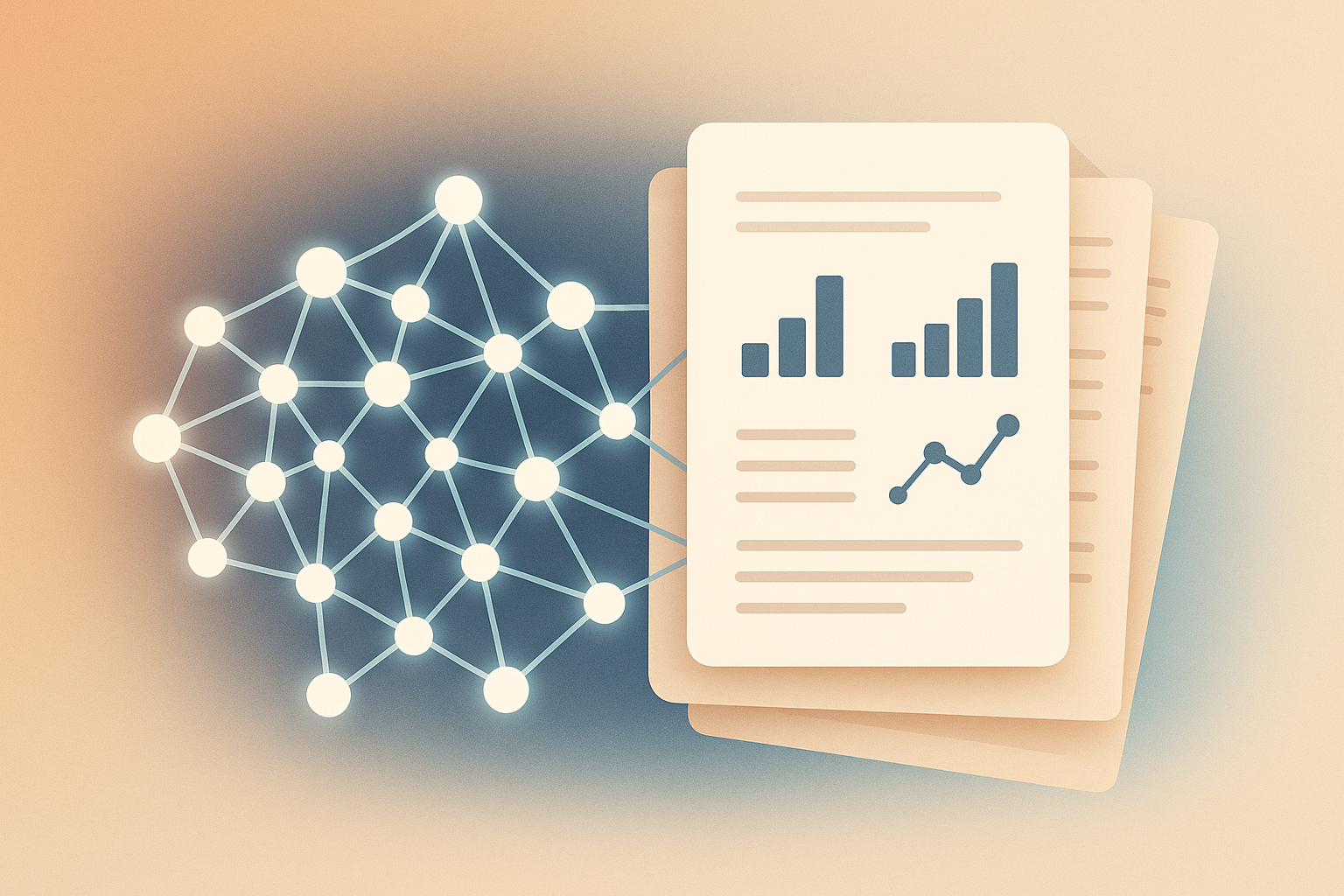Churn prediction is essential for B2B SaaS companies. It helps you identify at-risk customers early, allowing you to act before they cancel. Here’s what you need to know:
-
What is Churn?
- Customer Churn: Customers cancel or don’t renew.
- Revenue Churn: Loss of recurring revenue from cancellations.
-
Why It Matters:
- Retaining customers costs less than acquiring new ones.
- Predicting churn helps you focus on accounts at risk and protect revenue.
-
Key Metrics to Track:
- Customer Churn Rate (CCR): % of customers lost.
- Revenue Churn Rate (RCR): % of revenue lost.
- Net Revenue Churn (NRC): Lost revenue minus expansion revenue.
-
How to Predict Churn:
- Track product usage, customer health scores, and renewal patterns.
- Use tools like AI models (e.g., Random Forest, Neural Networks) for accurate predictions.
-
How to Prevent Churn:
- Proactively engage customers with check-ins and personalized resources.
- Identify early warning signs like reduced feature usage or increased support tickets.
- Use AI tools to automate workflows and improve customer satisfaction.
Quick Tip: Start by analyzing your churn metrics and customer data today. Tools like behavior analytics and AI-powered insights can help you act fast and keep your customers happy.
Predicting Customer Churn: The Ultimate Guide
Churn Metrics and Standards
Understanding key churn metrics is crucial for predicting and preventing customer loss in B2B SaaS businesses.
Main Churn Measurements
Tracking the right metrics can help you identify and address customer churn effectively:
Customer Churn Rate (CCR)
This measures the percentage of customers who cancel or fail to renew their subscriptions during a specific period.
CCR = (Number of Churned Customers / Total Customers at Start) × 100
Revenue Churn Rate (RCR)
This reflects the percentage of recurring revenue lost due to cancellations.
RCR = (Lost Monthly Recurring Revenue / Total Monthly Recurring Revenue at Start) × 100
Net Revenue Churn (NRC)
This metric factors in both lost revenue and additional revenue from existing customers.
NRC = ((Lost MRR - Expansion MRR) / Total MRR at Start) × 100
B2B SaaS Industry Standards
Churn rates can differ based on factors like company size, contract value, and billing frequency. Smaller companies often experience higher monthly churn, while mid-market and enterprise businesses tend to have lower churn rates, especially with annual or multi-year contracts. Use these benchmarks to evaluate your own metrics and refine your retention strategy.
Applying Metrics to Your Business
- Segment Analysis: Break down churn data by customer size, industry, product usage, and contract value to identify patterns.
- Early Warning Indicators: Keep an eye on signals like reduced feature usage, fewer logins, increased support tickets, or declining satisfaction.
- Health Score Development: Create a customer health score by combining metrics such as product adoption, engagement, revenue growth potential, and support quality.
AI-powered analytics tools can simplify tracking these metrics, enabling you to spot potential churn risks and take action before it’s too late.
Data Requirements for Churn Analysis
Accurate churn prediction depends on collecting high-quality data from various customer interactions and activities.
Key Data Types
Product Usage Data
- Metrics like login frequency, session duration, and activity patterns
- Feature usage rates
- Custom user events tracking
- Performance metrics for specific product modules
Customer Interaction Data
- Support tickets and related communications
- Notes from customer success calls
- Feedback from surveys
Financial Data
- Payment records and history
- Contract details, including values and renewal dates
- Metrics tied to usage-based billing
Once you’ve gathered this data, it’s important to prepare it carefully to ensure reliability and accuracy.
Data Preparation Steps
Data Cleaning
- Standardize and normalize customer data across all sources
- Address missing or incomplete data systematically
- Convert categorical variables into usable formats
Data Integration
- Build unified profiles for each customer
- Use consistent identifiers across systems
- Set up automated pipelines to streamline data flow
After preparing your data, it’s essential to comply with US legal and security standards to protect customer information.
US Data Laws and Security
To ensure compliance and safeguard sensitive information, follow these guidelines:
Privacy and Compliance
- Get explicit consent before collecting customer data
- Limit data collection to what’s necessary
- Maintain clear privacy policies and processing agreements
- Offer customers access to their own data
Security Protocols
- Encrypt all sensitive information
- Implement role-based access controls
- Conduct regular security audits to identify vulnerabilities
- Use multi-factor authentication to secure access
Balancing thorough data collection with strict privacy and security measures is essential for effective churn prediction.
sbb-itb-01010c0
Churn Prediction Methods
Basic Prediction Methods
The right approach to churn prediction depends on your business needs and how advanced your data capabilities are. Here are three common methods, ranging from simple to advanced:
- Descriptive Analytics: Track signs like declining usage, reduced feature adoption, or lower engagement. While easy to implement, this method might miss hidden patterns indicating churn risk.
- Statistical Models: Use techniques like regression analysis to find patterns in structured data. These models are effective when customer behaviors follow clear, linear trends tied to their lifecycle stages.
- Machine Learning Models: Leverage algorithms to spot complex, non-linear patterns in large datasets. These models analyze multiple variables at once and often provide more accurate predictions than traditional statistics.
Prediction Model Types
Different models suit different goals and data conditions. Here's a quick comparison:
| Model Type | Best For | Accuracy Level | Complexity |
|---|---|---|---|
| Logistic Regression | Simple, linear relationships | Moderate | Low |
| Decision Trees | Segmenting customer behaviors | High | Moderate |
| Random Forest | Handling large datasets with variety | High | High |
| Neural Networks | Detecting complex behavioral patterns | High | Very high |
Each model has its strengths and trade-offs in terms of accuracy, complexity, and ease of interpretation. Your choice will depend on the specific needs of your business and the data you have available.
Prediction Tools
To make these models actionable, businesses can turn to AI-powered tools designed for churn prediction. For example, the QuantAIfy suite from the B2B Ecosystem provides features to:
- Analyze customer behaviors across different touchpoints
- Deliver early warnings for churn risks
- Build industry-specific prediction models
- Automate data collection and provide real-time insights
Advanced Capabilities
Modern AI tools can process large amounts of data to detect subtle signs of churn. These include:
- Tracking changes in how customers use your product
- Identifying shifts in engagement patterns
- Analyzing support history
- Estimating the likelihood of renewal
These tools help businesses act on insights quickly, improving retention strategies and reducing churn.
Churn Prevention Methods
Churn Reduction Steps
Reducing churn effectively means addressing common friction points. Here are some strategies to help:
Proactive Engagement
- Schedule regular check-ins during key stages of the customer lifecycle.
- Develop content and resources tailored to specific customer segments.
- Use customer usage patterns to trigger targeted retention actions.
Process Improvements
- Use tools like AI Process Optimizer to automate repetitive tasks, identify bottlenecks in support, and improve onboarding experiences.
- Simplify customer-facing operations to make interactions smoother.
- Base improvements on data insights to address pain points effectively.
Feature Adoption
- Pinpoint the features that provide the most value for each customer segment.
- Create customized training materials for features that aren't being fully utilized.
- Launch feature adoption campaigns informed by usage data.
These actions form the foundation for stronger customer retention efforts.
Customer Success Impact
Pairing these strategies with customer success initiatives can significantly boost retention. Customer success teams are essential for using data-driven insights to prevent churn. The best results come from combining human expertise with advanced analytics tools.
Early Warning System Customer success teams can use behavior analytics to:
- Monitor real-time customer health scores.
- Spot usage trends that might signal a risk of churn.
- Collect and analyze customer feedback and sentiment across various interaction points.
Intervention Strategies When risks are identified, teams should:
- Schedule targeted calls to address specific concerns.
- Create tailored success plans for at-risk customers.
- Offer additional training or resources to improve satisfaction.
The B2B Ecosystem Solutions
The Customer Retention & Engagement Maximizer provides tools designed to tackle churn effectively:
| Feature | Purpose | Impact |
|---|---|---|
| Behavior Analytics | Monitor engagement levels | Detect at-risk accounts early |
| Success Metrics Dashboard | Track customer health scores | Enable proactive interventions |
| Process Automation | Simplify touchpoints | Minimize friction in customer journeys |
| Engagement Tracking | Measure feature adoption | Inform product and service updates |
Additionally, the platform's AI Process Optimizer enhances these tools by:
- Pinpointing inefficiencies in customer service workflows.
- Recommending data-backed workflow improvements.
- Automating routine communications to save time and improve consistency.
Conclusion
Key Takeaways
Data-Driven Decision Making
- Understand key churn metrics and industry standards.
- Gather and analyze customer behavior data.
- Effectively apply predictive models to anticipate challenges.
Proactive Risk Management
- Spot at-risk accounts early using behavior analytics.
- Keep an eye on real-time customer health scores.
- Develop specific intervention strategies tailored to customer needs.
Strategic Implementation
- Leverage human expertise alongside AI tools.
- Automate repetitive tasks while maintaining a personal connection.
- Design tailored success plans for various customer groups.
How to Put This Into Action
Turn these insights into results by following these steps:
1. Evaluate Your Current Processes
Dive into your customer data and churn rates using tools like the AI Process Optimizer to identify areas for improvement.
2. Establish a Strong Data System
Build systems to track key metrics, such as:
- Customer engagement
- Feature adoption
- Support ticket trends
- Payment history
- Product usage
3. Use Predictive Tools
Implement tools that monitor customer health in real-time, highlight usage trends, and provide early warnings about potential churn.
Tools to Support Your Strategy
| Tool | Function | Benefit |
|---|---|---|
| Customer Retention Maximizer | Tracks engagement patterns | Helps identify risks early |
| AI Process Optimizer | Streamlines workflows | Reduces friction points |
| GTM Brain | Evaluates strategy | Delivers a 3-month plan |
| Behavly | Analyzes user behavior | Offers predictive insights |
These tools combine analytics with targeted actions, helping you identify and retain customers more effectively through informed strategies.
FAQs
How can B2B SaaS companies use AI tools to improve churn prediction?
B2B SaaS companies can use AI tools to enhance their churn prediction strategies by analyzing customer behavior, identifying early signs of dissatisfaction, and predicting potential churn risks. AI-powered insights help businesses make proactive decisions to improve customer retention.
For example, AI tools can streamline data analysis, segment customers based on risk levels, and provide personalized recommendations to re-engage at-risk customers. By integrating these tools into their workflows, companies can create more targeted marketing campaigns and optimize customer support for better satisfaction and loyalty.
What are the key early warning signs of customer churn in B2B SaaS, and how can you track them effectively?
Early warning signs of churn in B2B SaaS businesses often include declining product usage, delayed payments, and reduced engagement with customer support or account managers. Monitoring these indicators can help identify at-risk customers and take proactive steps to retain them.
To track these signs effectively, leverage tools like usage analytics to monitor changes in product interaction, billing systems to flag overdue payments, and customer feedback channels to assess satisfaction. Regularly reviewing these data points ensures you can address issues before they lead to churn.
What are customer health scores, and how can they help B2B SaaS companies reduce churn?
Customer health scores are metrics that help businesses evaluate the overall engagement, satisfaction, and likelihood of retention for individual customers. By analyzing these scores, B2B SaaS companies can identify at-risk customers and take proactive steps to reduce churn.
When developing customer health scores, consider key factors such as product usage frequency, customer support interactions, subscription renewal history, and user feedback. Tailoring the scoring model to your business goals and customer behavior patterns ensures more accurate insights, enabling you to prioritize retention efforts effectively.


